The U.S. cruise missile strike on a Syrian air base is a welcome development, writes Michael O’Hanlon, but there is no obvious military step that could follow. What is needed is a political strategy for Syria that squares this circle. This piece originally appeared on USA Today.
The U.S. cruise missile strike on a Syrian air base is a welcome development. It sends a strong message to President Bashar Assad that chemical weapons will not be tolerated and to Russia that the United States is not afraid to act. It also signals to the world that President Trump is capable of using American military power assertively yet responsibly.
But there is no obvious military step that could follow.
Russians are present at some other air bases in Syria, making it hard to strike those facilities. In any event, hitting fixed sites from standoff range never threatened Saddam Hussein’s rule in Iraq during the Clinton administration and now is unlikely to threaten Assad’s. No broader strategy is yet in place to do what is truly needed in Syria—defeating both ISIS and al-Qaeda while gradually ending the civil war. We need to think hard about what comes next.
The Trump administration has oscillated in recent days between saying on the one hand that Assad has a fairly firm grip on power and on the other that, as Secretary of State Rex Tillerson just declared, it is hard to see Assad being part of the long-term picture in Syria. Both sentiments are understandable. The first is a realpolitik assessment of where things stand in Syria militarily. The second is the correct moral judgment—and more than that, it reflects the fact that Sunnis and Kurds in Syria cannot really be expected to live under such a brutal leader any longer.
What is needed is a political strategy for Syria that squares this circle. Assad must go, yet he will likely stay. That is a paradox that requires creative thinking. It also requires compromise, since no one favors a U.S.-led Iraq-like invasion to displace him definitively, and since the Geneva process created during the Obama years to negotiate a new government in Syria never really had a chance.
Two changes in our strategy are needed. First, we need more friendly military power on the ground in Syria, both to liberate cities held by ISIS and to make Assad feel the heat so he will negotiate. Second, we need a short-term way to protect Sunni and Kurdish Syrians in autonomous zones that would be governed and protected separately, even if Assad remains nominally in charge. His removal can be achieved more slowly and gradually, as long as those whose people have been massacred can get out from under his rule in the meantime.
To create more combat power among friendly forces on the ground, we will need to work more intensively with Kurdish and moderate Sunni groups. President Obama was moving in this direction, albeit much too slowly, but he then ran up against a Turkish roadblock: Turkey did not want us to arm the Syrian Kurds lest they transfer weapons to Turkish Kurds who might use them in terrorist attacks in Istanbul, Ankara, or other parts of Anatolia.
There are several ways to address these Turkish fears. Don’t give weapons to the Kurds—loan them, with future economic aid to the Kurds contingent on their eventual return. Commit now to have American forces on the ground near the Turkish-Syrian border as part of a future peacekeeping force. And, finally, require at least two separate autonomous zones for Kurds rather than a singlezone. Turkish forces could remain in place to keep them separate (preventing their pursuit of an independent Syrian “Kurdistan”).
We also need to figure out how any autonomous zones would be assisted and protected more generally, and how Assad and Russian President Vladimir Putin would be persuaded to accept them. The recent strikes actually can help by reestablishing American military credibility. We should also make clear that foreign donors—the United States, the Europeans, the Japanese and Koreans, the Gulf states—will help rebuild the parts of Syria that Assad controls only when he allows the creation of these autonomous zones and establishes a process to step down from power. That process could take a while. In the interim, we could allow humanitarian aid but not large-scale development assistance to flow to areas still controlled by Assad. Russia and Iran and Hezbollah do not have the money to rebuild Syria, so our economic leverage is considerable.
Foreign assistance for this reconfigured Syrian state should be provided primarily to the autonomous regions themselves. That would enhance the international community’s leverage with the new, regional governments and allow us to bypass Assad.
Many Syrians will not like the idea of a fragmented nation, or even of a central government controlling say half the country with the other half divided into three or four autonomous zones. But a new, coalition government presiding over a unified nation is not in the cards anytime soon. Moreover, such arrangements need not be permanent. The deal that ultimately codified the autonomous zones could include a provision that, 10 years hence, a constitutional convention would be held to consider whether a stronger central government should be restored.
Trump’s use of cruise missiles was justifiable and useful, but now comes the more complex part. He needs to develop a broader strategy that envisions a Syria in which all groups have their rights and their protection, through some type of plan for self-governance in regions where Kurds and Sunni Arabs predominate. That might just work.
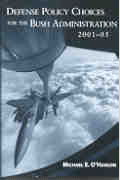
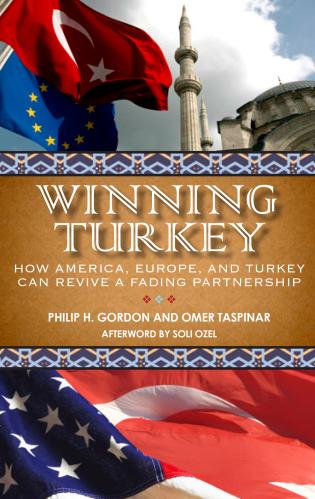
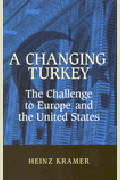
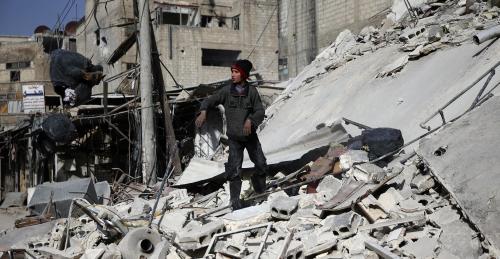
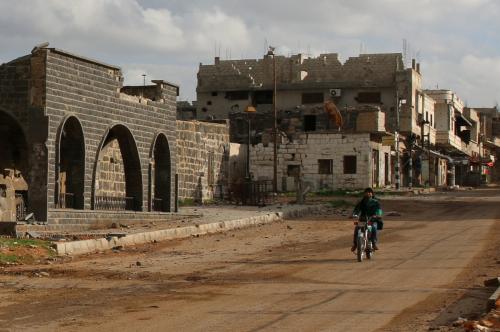
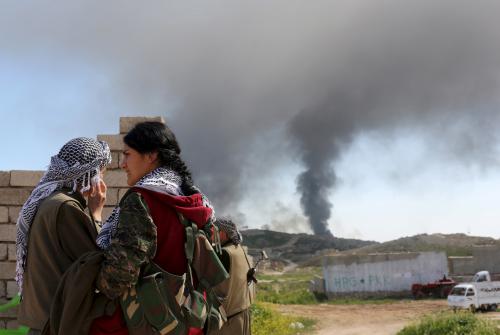
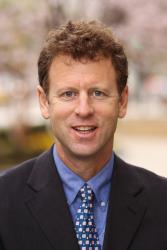


Commentary
Syria missile strike could lead to a political solution
April 8, 2017